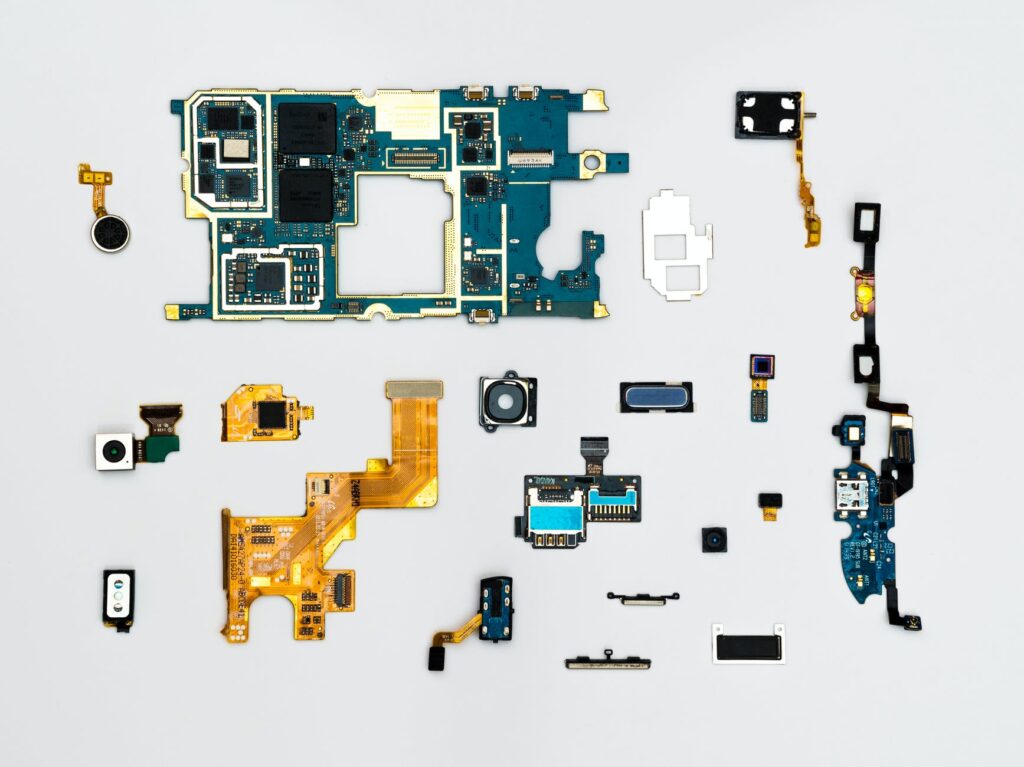As companies have mixed and matched business management philosophies throughout the years, many have found that the methodologies of Lean Manufacturing and Six Sigma work well in complement with each other. Thus, Lean Six Sigma was gradually adopted through a dual minded purpose of reducing both variations and waste.
KEY TAKEAWAYS
LSS marries the data-based processes of 6S and the demand-based processes of Lean
LSS streamlines process flow with a focus on the production line in real time
What is Lean Six Sigma?
The Basics of Lean Manufacturing
Lean Manufacturing is a methodology based around eliminating waste wherever possible from the production process while maintaining the maximum possible output value. Lean principles include a variety of techniques and tools that improve workflow and social organization within the company. Further tools like Poka-yoke are exceptionally helpful at identifying key bottlenecks in production cycles.
The basics of Lean refer to the acronym DOWNTIME, which lists the eight most common wastes in industrial production:
Defects — errors and failures
Overproduction — making more product than can be sold
Waiting — time spent waiting on machines or direction
Non-Utilized Talent — employee skills that aren’t capitalized upon
Transportation — distribution and logistics
Inventory — unsold product costs money to sit in warehouses
Motion — misapplication of resources and movement within assembly line
Extra Processing — over-engineering that provides no value
Identifying and eliminating every form of these kinds of waste from production is the foremost goal of lean manufacturing. The means of identifying waste lie primarily in exploratory hands-on walks along the production line to “see for oneself” what is qualitatively going on.
The Basics of Six Sigma
Six Sigma’s main focus is on reducing product variation and defects through the use of problem-solving processes that are based on statistical analysis. Several of the tools used in Six Sigma are DOE, Pareto charts, and Value stream maps.
The principles of a Six Sigma process refer to the acronym DMAIC:
Define the process’ boundaries and expectations from the customer’s perspective
Measure the quantitative performance of the process that currently exists
Analyze the correlated data to identify root issues
Improve the process by developing and testing alternative steps
Control the continuing success of the process through regular maintenance
The planning and implementation process defined by the DMAIC method is designed to ensure a lower number of defects per million parts made, or, per million “opportunities”. The means of developing this lower-defect process lie primarily in advanced statistical analysis charts that visually display the problem areas through quantitative means.
How Is Lean Six Sigma Different From Six Sigma?
The differences are slight, but still distinct enough to be important. Firstly, Lean Six Sigma has a bigger focus on overall efficiency within the whole organization, whereas Six Sigma sticks to the supply chain in manufacturing specifically. These are not necessarily guidelines—just generalizations that have proven true over time. As more techniques and tools are shared between the two philosophies, however, the distinction between them is sure to fade further.
Whereas Six Sigma prioritizes error identification, Lean Six Sigma prioritizes error prevention. The former’s control charts measuring output easily allow identification of problems after they appear in data. The latter’s workflow and kanban charts help to prevent variations before they occur.
Does This Distinction Actually Matter In Practice?
Now don’t be mad, but the answer is yes… and no.
If you were casually talking with a colleague about lean principles and mentioned control charts or variation reduction, they wouldn’t be confused if you mentioned Lean Six Sigma rather than Six Sigma or Lean Manufacturing (except for card-carrying Black Belt Sigma experts, in which case prepare for a lecture!). But no, in theory, the two methodologies overlap such that they are almost functionally equivalent.
However, the real question you should be asking is, in practice, which business improvement am I targeting and how?
If you cannot clearly outline your improvement targets and what tools you are using to achieve those results, then it doesn’t matter what is inspiring your approach—you will fail. So yes, you absolutely must understand and communicate the differences between these separate approaches as they occur in practice to ensure proper implementation and steps forward.
For example, if you are using a DoE (Design of Experiments) with the goal of eliminating production process waste rather than improving customer success rate, emphasize that this is a lean DoE with a specific goal of waste reduction, and explain how it fits into the greater Lean Six Sigma gameplan as it relates to other areas of the business that need improvements.



